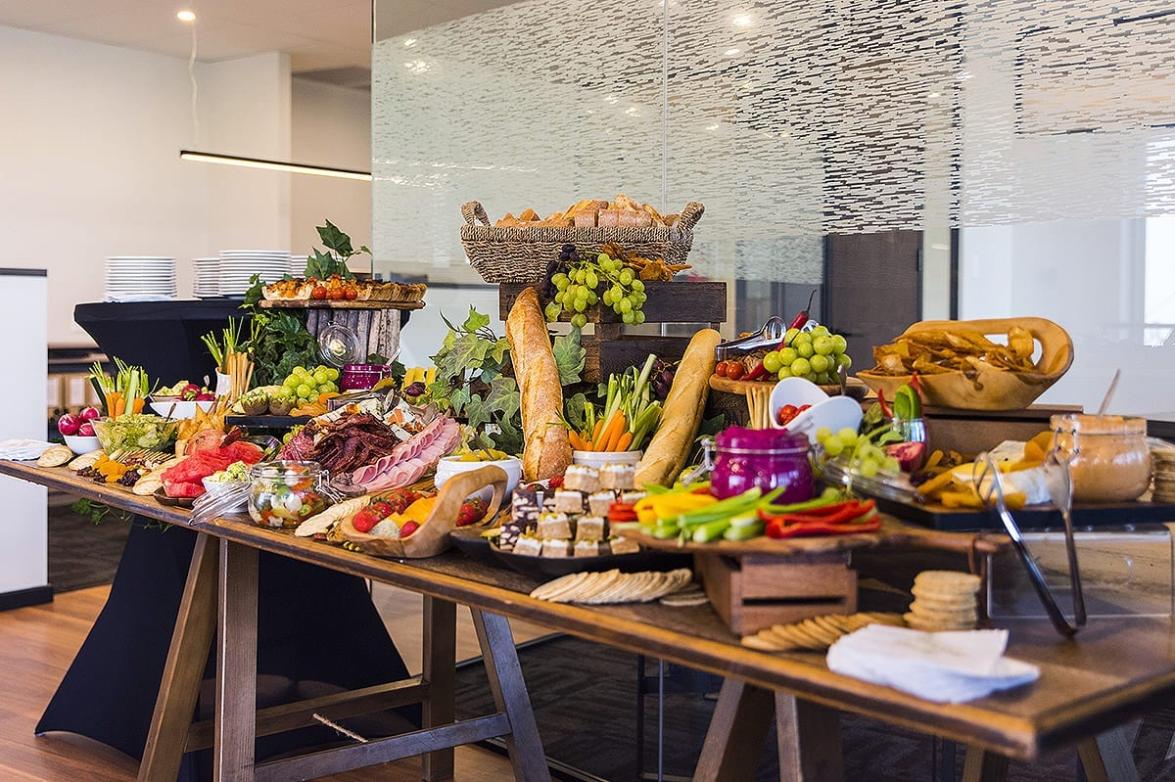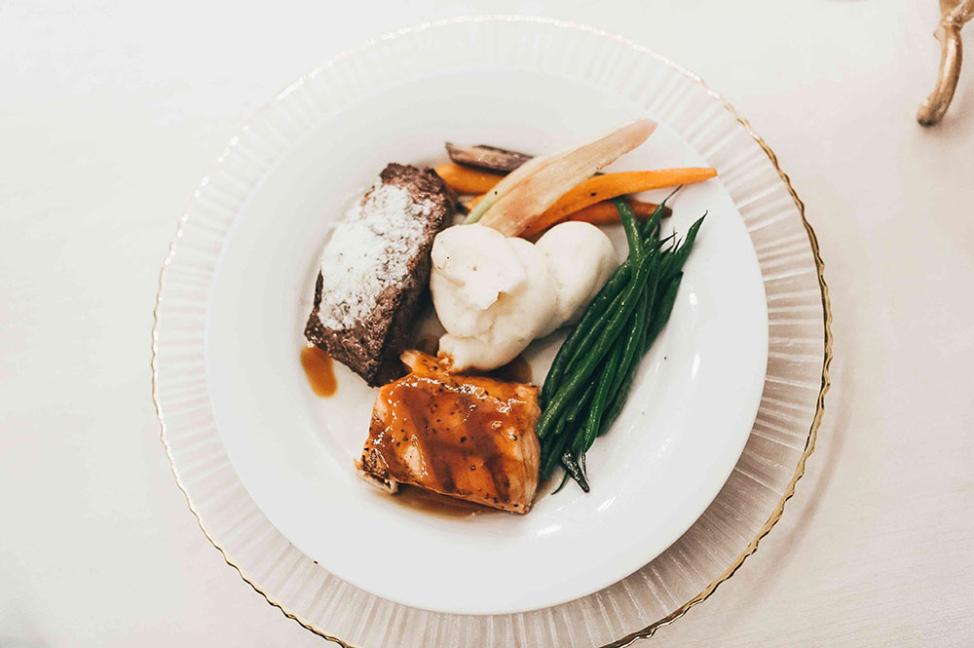What Are the Cost Considerations for Plated Catering at Business Events?
In the realm of business events, catering plays a pivotal role in shaping the overall experience for attendees. From intimate corporate dinners to grand product launches, the choice of catering style can significantly impact the event's success. Plated catering, with its emphasis on individual portions and elevated culinary presentations, has become a popular choice for business events seeking a sophisticated dining experience. However, understanding the cost considerations associated with plated catering is crucial for effective planning and budgeting.

I. Venue And Facility Costs:
The selection of the venue and its facilities sets the stage for the plated catering experience.
- Venue Selection: Rental fees, minimum spending requirements, capacity, and layout considerations all play a role in determining the venue's suitability and cost.
- Facility Costs: Additional expenses may include equipment and furniture rental, linen and tableware charges, as well as decoration and setup fees.
II. Food And Beverage Costs:
The menu and beverage selection are central to the culinary experience of plated catering.
- Menu Selection: Appetizers, entrees, desserts, and special dietary considerations all contribute to the menu's cost. Seasonality and availability of ingredients also influence pricing.
- Beverage Options: Alcoholic and non-alcoholic drinks, open bar versus cash bar, and consumption estimates impact the beverage budget.
III. Labor Costs:

Staffing requirements are essential for ensuring smooth service during the event.
- Staffing Requirements: The number of servers, bartenders, and kitchen staff, along with their labor rates and overtime pay, contribute to labor costs.
- Service Charges and Gratuities: Service charges and gratuities may be added to the bill, affecting the overall labor costs.
IV. Additional Costs:
Beyond the core catering expenses, additional costs may arise.
- Taxes and Fees: Sales tax, service tax, and other applicable taxes, as well as permit fees and licensing requirements, can add to the total cost.
- Insurance and Liability: Event insurance to cover accidents and damages, as well as liability insurance for food safety and alcohol service, are important considerations.
- Marketing and Promotion: Costs associated with promoting the event and attracting attendees, such as advertising and social media campaigns, may also be incurred.
V. Cost-Saving Strategies:

Careful planning and implementation of cost-saving strategies can help manage the expenses associated with plated catering.
- Negotiating with Vendors: Obtaining discounts and special rates, as well as bundling services for better pricing, can help reduce costs.
- Choosing Cost-Effective Menu Options: Selecting seasonal and locally sourced ingredients, offering limited menu choices, and considering alternative serving styles can save money.
- Managing Labor Costs: Hiring part-time or temporary staff, scheduling staff efficiently to avoid overtime, and exploring self-service options can help control labor expenses.
VI. Conclusion:
Plated catering offers a refined dining experience for business events, but it comes with cost considerations that require careful planning and budgeting. Venue and facility costs, food and beverage selection, labor requirements, and additional expenses all contribute to the overall cost. By negotiating with vendors, choosing cost-effective menu options, managing labor costs, and implementing other cost-saving strategies, event planners can optimize their budget while delivering a memorable plated catering experience. Seeking professional advice from experienced caterers and event planners can provide valuable insights and help ensure accurate cost estimates.
YesNo

Leave a Reply